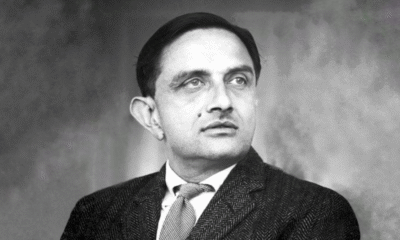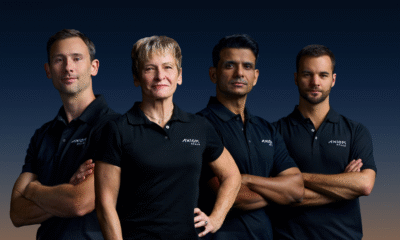Science
Aryabhata: India’s First Satellite That Sparked a Space Revolution
Launched in 1975, Aryabhata was India’s first satellite — a 360-kg marvel that ignited the nation’s space journey and proved Indian scientists could build for the stars.
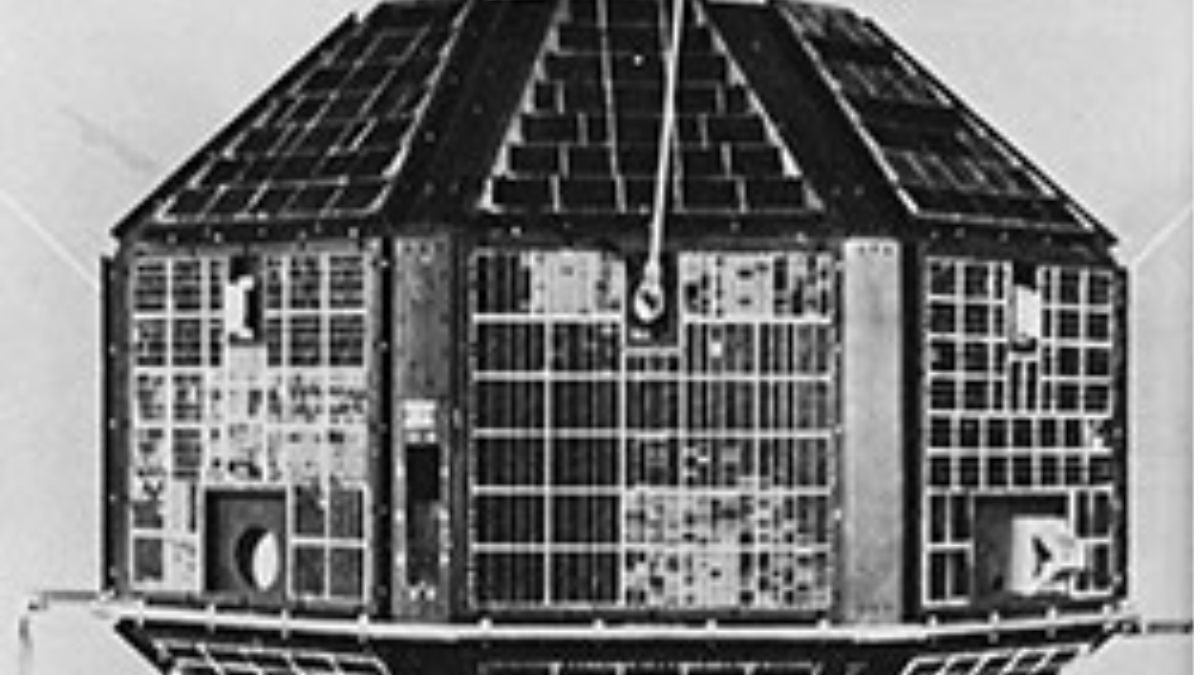
How a 360-kg experiment built in Bengaluru in the 1970s became India’s first step into orbit.
When India launched Aryabhata on April 19, 1975, it was more than a technological milestone — it was a statement of intent. After years of groundwork laid by Vikram Sarabhai and his team, ISRO was finally ready to enter space not just as a learner, but as a creator.
Named after the 5th-century Indian mathematician-astronomer Aryabhata, the satellite symbolized the union of India’s scientific past and its technological future. It was designed and built entirely by Indian scientists at the ISRO Satellite Centre (now UR Rao Satellite Centre) in Bengaluru. The Soviet Union provided the launch vehicle — a Kosmos-3M rocket — which lifted off from the Kapustin Yar launch site in Russia.
At just 360 kilograms, Aryabhata carried five scientific experiments focused on X-ray astronomy, solar physics, and aeronomy. Its mission was to collect data about the upper atmosphere and solar radiation, helping Indian scientists understand conditions that would affect future communication and weather satellites.
Despite a power failure after just four days, Aryabhata transmitted valuable data during its brief operational period. More importantly, it proved that India could design, assemble, and test a complex satellite system using indigenous talent — an extraordinary achievement for a developing nation at the time.
The satellite’s construction itself tells a story of innovation under constraint. Components were fabricated by hand, and testing facilities were improvised with limited resources. Yet, every challenge became a lesson that shaped ISRO’s culture of frugal engineering — achieving reliability and performance at minimal cost.
Aryabhata also marked the beginning of India’s international collaborations in space. While the Soviets provided the launch, the satellite’s core was purely Indian. The experience gave ISRO the confidence to later develop its own launch vehicles — the SLV and eventually the PSLV, which would make India a leader in cost-efficient satellite deployment.
The mission’s legacy extends beyond science. Aryabhata’s geometric shape — a 26-sided polyhedron covered with solar cells — became an icon of national pride. India even commemorated it on a postage stamp, and for many citizens, it was their first glimpse of the country’s cosmic ambitions.
The Spacecraft mainframe remained active till March 1981. The satellite entered Earth’s atmosphere on 10 February 1992 due to orbital decay. It laid the foundation for hundreds of missions that followed — from remote-sensing and weather satellites to interplanetary explorers like Mangalyaan and Chandrayaan-3.
As India celebrates World Space Week, Aryabhata remains a reminder that even the smallest first step, built with courage and ingenuity, can set a nation on a trajectory toward greatness.
Science
The Birth of ISRO: From INCOSPAR to Vikram Sarabhai’s Vision
Discover how Dr. Vikram Sarabhai’s vision transformed a small committee in 1962 into ISRO, one of the world’s most respected space agencies.

How a modest initiative in the 1960s grew into one of the world’s most respected space agencies.
In 1962, India took its first step towards space exploration with the formation of the Indian National Committee for Space Research (INCOSPAR). At a time when the country was still finding its footing after independence, few could have imagined that this small committee would lay the foundation of the Indian Space Research Organisation (ISRO), one of the world’s leading space agencies today.
The visionary behind this bold move was Dr. Vikram Sarabhai, often called the father of the Indian space program. Sarabhai believed that space science should not be a luxury reserved for advanced nations but a tool for solving everyday challenges in a developing country like India. He famously said, “We do not have the fantasy of competing with the economically advanced nations in the exploration of the moon or the planets… But we are convinced that if we are to play a meaningful role nationally, and in the community of nations, we must be second to none in the application of advanced technologies to the real problems of man and society.”
With this philosophy, INCOSPAR set up the Thumba Equatorial Rocket Launching Station (TERLS) in Kerala in 1963. From this humble facility, India launched its first sounding rocket, marking the beginning of its tryst with space. These early missions were not about prestige but about learning and experimentation. Scientists often transported rocket parts on bicycles and bullock carts—an image that continues to symbolize ISRO’s spirit of innovation and frugality.
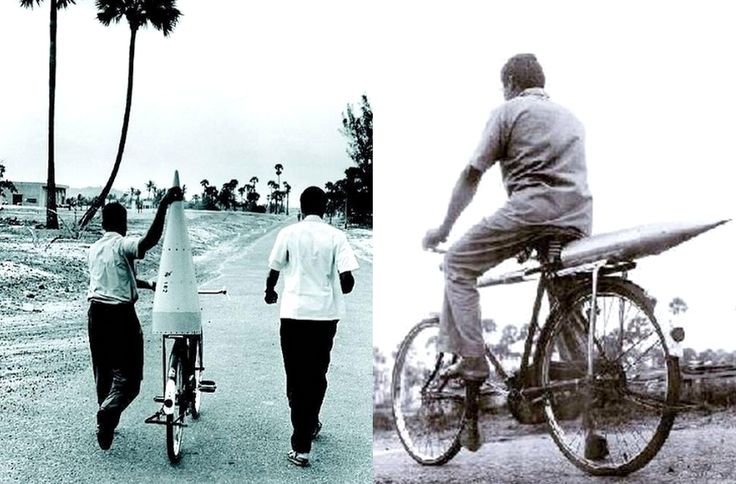
By 1969, INCOSPAR had evolved into ISRO, an organization dedicated to harnessing space technology for national development. The early years were marked by collaboration with international agencies, particularly NASA, which helped India train scientists and acquire technical know-how. Yet, ISRO was determined to chart its own path.
The 1970s saw India launch Aryabhata (1975), its first satellite, developed in India and launched by the Soviet Union. This was a turning point—it showed that India was capable of not just dreaming big but also executing those dreams. From there, ISRO steadily expanded its capabilities, laying the groundwork for its now-famous launch vehicles and satellite programs.
What makes ISRO’s origin story remarkable is not just its scientific achievements but the philosophy behind its creation. Instead of chasing prestige missions, Sarabhai and his successors focused on using satellites for weather forecasting, communication, education, and rural development. This people-first approach gave ISRO a unique identity in the global space community.
Today, as India celebrates its presence on the Moon with Chandrayaan-3 and eyes human spaceflight with Gaganyaan, it’s important to remember the modest beginnings that shaped ISRO’s ethos. From bicycle rides in Kerala to rocket launches at Sriharikota, the journey embodies resilience, vision, and the belief that science should serve society.
Science
ESA’s Mars Express Unveils New Atmospheric Data and Plans Extended Mission
ESA’s Mars Express has released 71 radio occultation profiles of Mars’ atmosphere and upgraded its software, ensuring continued scientific contributions through 2034.
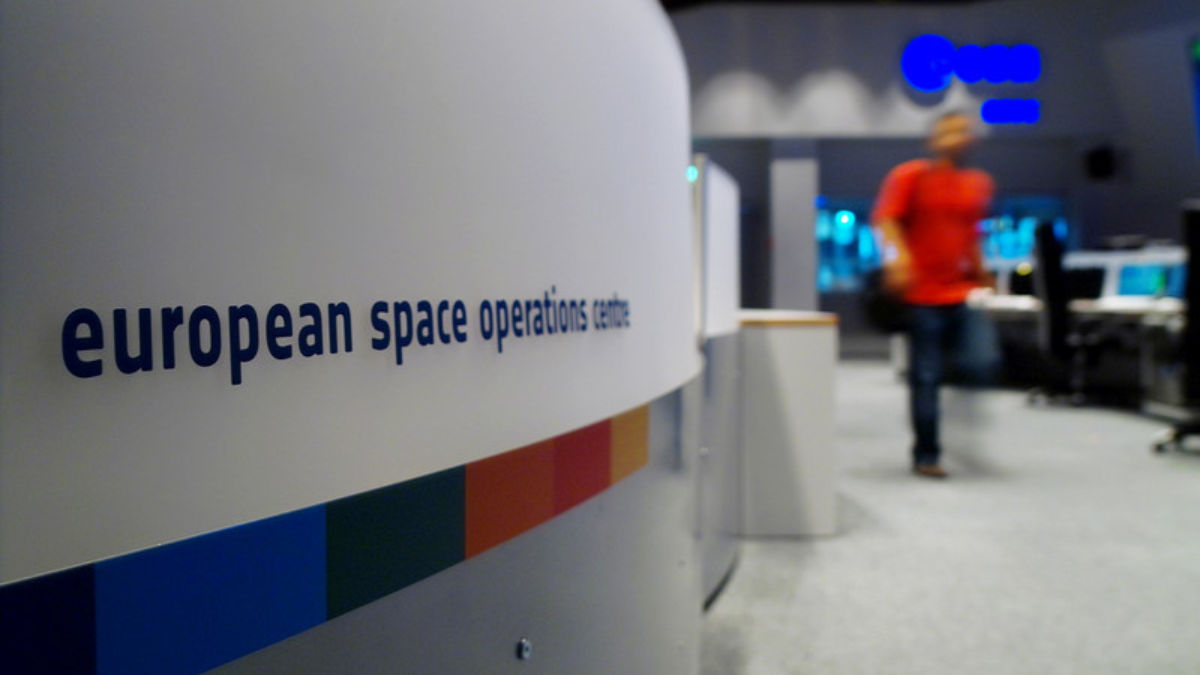
In a bold step forward for planetary science, the European Space Agency (ESA) has released a rich dataset from its long-serving Mars Express mission, offering new insights into the Martian atmosphere and reaffirming its commitment to exploring the Red Planet well into the next decade.
The data release includes 71 radio occultation profiles, which are highly valuable for understanding the temperature, pressure, and density of the Martian atmosphere at various altitudes. These profiles were gathered by tracking how radio signals from the spacecraft bend as they pass through the atmosphere — a method that reveals subtle but significant changes in its structure.
The newly released data spans observations taken between October 2022 and April 2023, focusing on the planet’s polar regions and providing seasonal insights. These observations will be especially useful to climate scientists and mission planners preparing for upcoming Mars missions, including those involving human exploration.
In tandem with the data release, ESA announced a major software upgrade for Mars Express. This enhancement dramatically increases the spacecraft’s data handling and communication capacity. The upgrade also introduces new autonomous capabilities, allowing the orbiter to carry out more complex tasks without real-time instructions from Earth.
Mars Express, launched in 2003, has long surpassed its initial mission timeline. Yet, it remains one of ESA’s most valuable assets in orbit around Mars. With this new extension, the mission will now continue through at least 2034, bringing its operational lifetime to over three decades — an extraordinary achievement for an interplanetary mission.
The continued operation of Mars Express is not just symbolic — it plays a critical role in ongoing and future Mars exploration. It provides relay communication support for landers and rovers on the surface, including potential future missions from ESA, NASA, and other space agencies. The orbiter also contributes to monitoring Martian weather and surface changes, crucial for understanding the planet’s long-term evolution.
One of the most exciting aspects of the mission’s extended timeline is the potential to observe rare atmospheric phenomena and surface events over a long temporal baseline. This includes dust storms, seasonal CO₂ ice buildup, and even signs of ancient water flows or volcanic activity.
Updating a 1990s-era satellite felt like digital archaeology—mission operators had to revive Microsoft Windows 3.1, sift through 33-year-old code, and manually calculate the changes before uploading them to the star tracker’s memory.
ESA’s move to publish detailed datasets openly aligns with a growing trend of international scientific collaboration. The 71 newly available radio occultation profiles are expected to be widely used by researchers across the globe, encouraging comparative studies with data from other Mars missions such as NASA’s MAVEN or China’s Tianwen-1.
With the upgraded systems, fresh data, and a green light to operate until 2034, Mars Express continues to live up to its name — delivering fast, accessible science and keeping Europe firmly on the frontline of Martian exploration.
Science
Axiom Mission 4 Blasts Off: India’s Shubhanshu Shukla Joins Historic Journey to ISS
Axiom Mission 4 (Ax‑4) successfully launched to the ISS on June 25 with India’s Shubhanshu Shukla aboard, marking a milestone in private spaceflight and global collaboration.
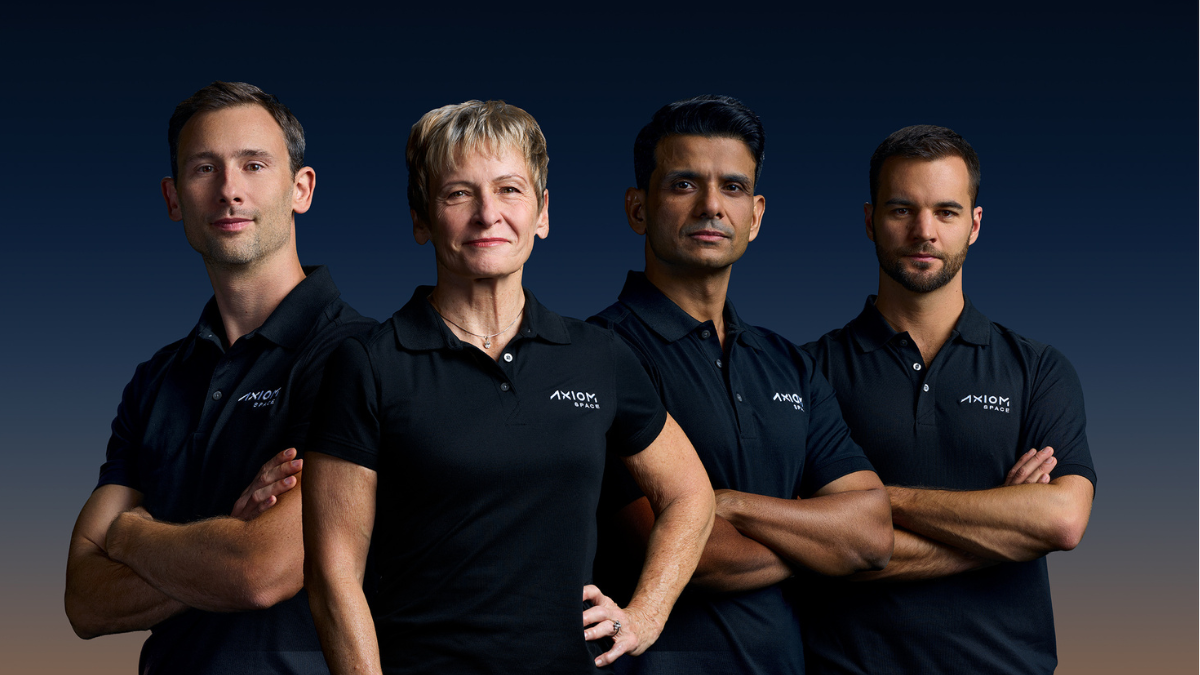
Private spaceflight gains momentum as Axiom Space, NASA, SpaceX, and ISRO collaborate on Ax-4 mission to the International Space Station.
In a significant milestone for private space exploration and international collaboration, the Axiom Mission 4 (Ax‑4) launched successfully on June 25, 2025, at 12:01 PM IST. The mission, a joint effort by Axiom Space, NASA, SpaceX, and the Indian Space Research Organisation (ISRO), carried a four-member crew aboard a SpaceX Crew Dragon spacecraft to the International Space Station (ISS). Among the astronauts was India’s Shubhanshu Shukla, marking a proud moment in the nation’s growing space legacy.
The launch took place from NASA’s Kennedy Space Center in Florida, with the crew flying aboard a Falcon 9 rocket. This mission is Axiom’s fourth private astronaut mission to the ISS, and it’s part of the company’s broader vision to establish the world’s first commercial space station. The Ax‑4 team is expected to dock with the ISS on June 26, where they will spend approximately two weeks conducting scientific research and outreach activities.
Shubhanshu Shukla’s inclusion in the mission represents a significant step forward in India’s participation in human spaceflight beyond its national Gaganyaan program. His selection and training in collaboration with Axiom and ISRO highlight the increasing integration of Indian talent into international space initiatives. During his time aboard the ISS, Shukla will carry out multiple science experiments in microgravity environments and participate in educational interactions with students from India and around the world.
The Ax‑4 mission also features astronauts from Italy, Turkey, and Sweden, making it a truly global endeavor. The scientific objectives of the mission range from biomedical studies and space agriculture to advanced robotics testing, contributing vital data to future deep space missions and long-duration human spaceflight.
Axiom Space’s private missions are laying the groundwork for the transition from government-led space stations like the ISS to commercial habitats. These missions serve as vital rehearsal opportunities, testing operational procedures, human factors, and technical systems necessary for sustainable private orbital infrastructure.NASA sees these missions as crucial for keeping low Earth orbit accessible and productive even after the ISS is retired, while SpaceX continues to demonstrate the reliability and versatility of its Crew Dragon spacecraft and Falcon 9 launch system.As the crew begins their stay aboard the ISS, all eyes are on the experiments and engagement activities they will undertake. For India, the mission is more than a spaceflight—it’s a symbol of rising capability and global collaboration in the new era of space exploration.
With Ax‑4, the dream of space no longer remains the sole domain of government astronauts—it is opening up to a new generation of pioneers, innovators, and nations ready to push the boundaries of human presence beyond Earth.
-
Fashion8 years ago
These ’90s fashion trends are making a comeback in 2017
-

 Entertainment6 months ago
Entertainment6 months agoSquid Game Season 3 Trailer Teases a Brutal Finale: Gi-hun Returns for One Last Game
-
Fashion8 years ago
According to Dior Couture, this taboo fashion accessory is back
-
Entertainment8 years ago
The old and New Edition cast comes together to perform
-

 Science5 months ago
Science5 months agoVera C. Rubin Observatory Unveils First-Ever 3,200-Megapixel Images
-
Sports8 years ago
Phillies’ Aaron Altherr makes mind-boggling barehanded play
-
Business8 years ago
Uber and Lyft are finally available in all of New York State
-
Business8 years ago
The 9 worst mistakes you can ever make at work

